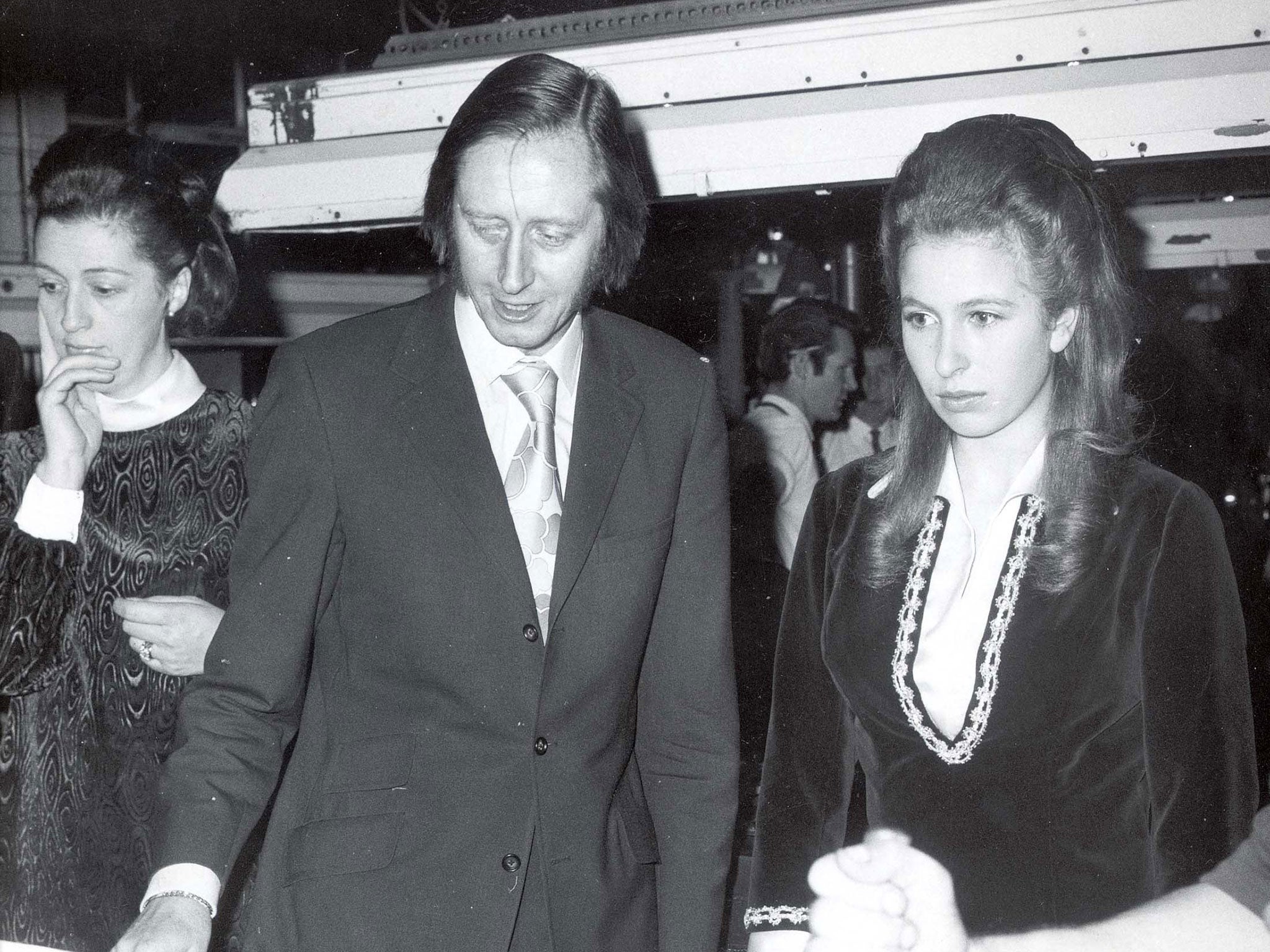Arthur Brittenden: Journalist who edited the ‘Daily Mail’ in its last years as a broadsheet and was later Larry Lamb’s deputy at ‘The Sun’

A highly influential Fleet Street figure for nearly three decades, Arthur Brittenden lacked the flamboyance and the appetite for self-promotion of some of his contemporaries, and was thus little known outside the newspaper industry. He was editor of the Daily Mail for five years – its last five years as a broadsheet – and deputy editor of The Sun for most of the 1970s, when it became firmly established as Britain’s most popular tabloid.
After Rupert Murdoch bought The Times in 1981 he moved Brittenden away from practical journalism to a variety of senior management roles, until in 1988, at the age of 64, he quit newspapers and started a second career in public relations. From 1983 to 1986 he was vice-chairman of the Press Council, then the industry’s self-regulatory body.
Born in Yorkshire in 1924, he attended Leeds Grammar School, leaving at the age of 16 to join the Yorkshire Post as a trainee. In 1943 he was conscripted into the Reconnaissance Corps, rejoining the newspaper when he was demobilised in 1946. Reporters on regional papers at that time invariably had ambitions to work for a national title, and in 1949 Brittenden joined the News Chronicle, the weakest of Fleet Street’s four mid-market broadsheets. He stayed there for six years until he caught the eye of John Junor, the fiery Scot who had just been made editor of the Sunday Express.
In the two decades following the Second World War, Lord Beaverbrook’s Daily Express and Sunday Express dominated the newspaper middle market. Their punchy and resourceful reporting was admired by their rivals, who did their best to emulate it. So it was a fillip to Brittenden’s career when Junor recruited him on and soon appointed him New York correspondent before bringing him back to London as foreign editor. In 1962 he moved briefly on to the daily paper, as northern editor, before returning to London as Junor’s deputy.
The Daily Mail was the Express’s principal rival but was unable to dent its dominance, even after absorbing the News Chronicle in 1961. One obvious tactic was to recruit from talented Express personnel, which is why in 1964 Brittenden was hired as the Mail’s executive editor; two years after his arrival he displaced Mike Randall as editor.
A sociable man, he greatly enjoyed one of the principal perks of office, the frequent invitations to the Gloucestershire country house of the proprietor, the second Viscount Rothermere. He also initiated a Friday lunch club at an Indian restaurant near Leicester Square, invitations to which were prized by senior staff.
Yet in his five years in the editorial chair he failed to make a significant impact on circulation. By 1971 sales were below 2m, a decline of more than 600,000 over the previous decade, and it was losing £850,000 a year. Rothermere decided to merge it with the Daily Sketch, a downmarket tabloid also in his ownership.
The aim was to create the first mid-market tabloid – a paper with the shape of the Sketch but the editorial approach of the Mail, whose title it was to retain. The editor would not be Brittenden but David English, another former Express man and the upwardly-mobile editor of the Sketch. Vere Harmsworth, Rothermere’s son and future heir, by then effectively in charge of the family’s newspapers, took Brittenden to lunch at Claridge’s to tell him that his services would no longer be required and that he would receive a pay-off of £36,000, reasonably generous by the standards of the time.
The previous year Rupert Murdoch had acquired The Sun and appointed as its editor Larry Lamb, who had been northern editor of the Mail under Brittenden. The two former colleagues admired and liked each other and Lamb soon hired Brittenden as his deputy, a post he held for nine years. In 1981 Lamb made way for Kelvin MacKenzie, whose assertive – sometimes almost manic – demeanour was the opposite of Brittenden’s more courtly and sympathetic approach to his staff.
Had he stayed on he might have placed a mature restraining hand on some of MacKenzie’s notorious excesses (Hillsborough, “Gotcha!” et al). But Murdoch appreciated that the two men were unlikely to work well together and invited Brittenden to become his director of corporate relations. This was a sensitive position at a time when Murdoch had just acquired The Times and Sunday Times in the face of widespread misgivings about his suitability as a proprietor of those historic titles.
Brittenden also took on the role of editorial manager of Times Newspapers and was appointed to its board of directors. In 1988 he decided that there were no more peaks for him to climb in the newspaper industry so he became a senior consultant at Bell Pottinger, a large and powerful public relations company.
Tall, slim and good-looking, Brittenden was married three times and divorced twice. His third wife, Val Arnison, died in 2002. Although in his last years he was confined to a wheelchair, he continued almost to the end to enjoy occasional lunches with former colleagues at a restaurant near his home in Woodstock, Oxfordshire.
MICHAEL LEAPMAN
Charles Arthur Brittenden, journalist: born Yorkshire 23 October 1924; married 1953 Sylvia Cadman (divorced 1960), 1966 Ann Kenny (divorced 1972), 1975 Valerie Arnison (died 2002); died 25 April 2015.
Subscribe to Independent Premium to bookmark this article
Want to bookmark your favourite articles and stories to read or reference later? Start your Independent Premium subscription today.

Join our commenting forum
Join thought-provoking conversations, follow other Independent readers and see their replies